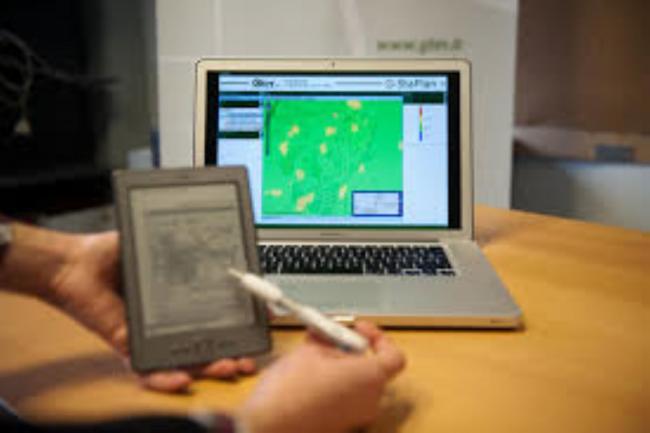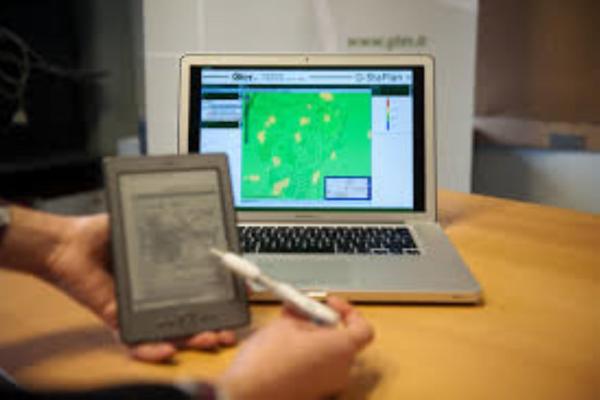GIS-based information system for the prediction of the risk of mycotoxin contamination in cereals

The management of the risk of contamination by mycotoxins remains, in particular on maize, the key
problem of cultivation at national level to obtain a high quality production.
The project involves the improvement of the joint risk prediction model from mycotoxins (aflatoxinsfumonisins) and the construction of a GIS-based IT platform that allows agricultural companies and technical assistance structures to consult territorial maps, rather than synthetic indexes, regarding the risk, during the harvesting, of contamination from mycotoxins in cereals
This objective will be pursue by evaluating, both in the field and in the laboratory, some genotypes in
an advanced selection phase. Overall, there are about 50 apple and pear tree selections, for which it is therefore intend to continue the evaluation, both in integrated and organic cultivation, in order to
express an opinion about the possible commercial diffusion of the most promising ones. The fruits of
the potential new varieties will also be subject to a panel test and consumer test, in order to verify the
level of satisfaction and the propensity to purchase by the consumer.
The main results exspected are:
- Creation of a GIS-based IT platform with controlled access allowing the technical and / or storage structure or the agricultural producer to consult territorial maps of mycotoxin risk relative to the farms or areas of their competence.
- Automation of risk forecasts with the daily import of meteorological data from the regional mereorological service network and from any corporate weather sensor
- Improvement of the organization of the harvest based on the risk forecast, rationalizing also the postharvest logistics and the choice of destination of use of the products obtained and concentrating grain sampling and analysis in areas in potentially high-risk area.
| Titolo/Descrizione | Url | Tipologia |
|---|---|---|
|
Sito web del progetto
|
Sito web
|
|
|
Video del progetto
|
Materiali utili
|
|
|
Video Tutorial consultazione DSS per la previsione del rischio micotossine nei cereali
|
Materiali utili
|
